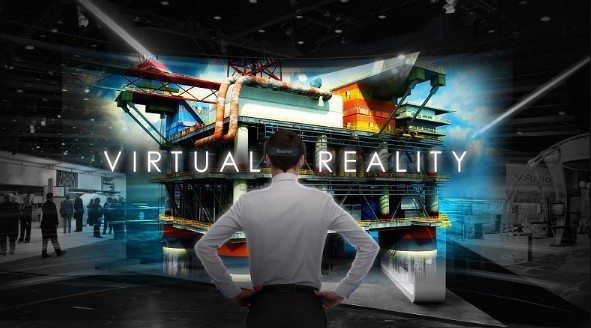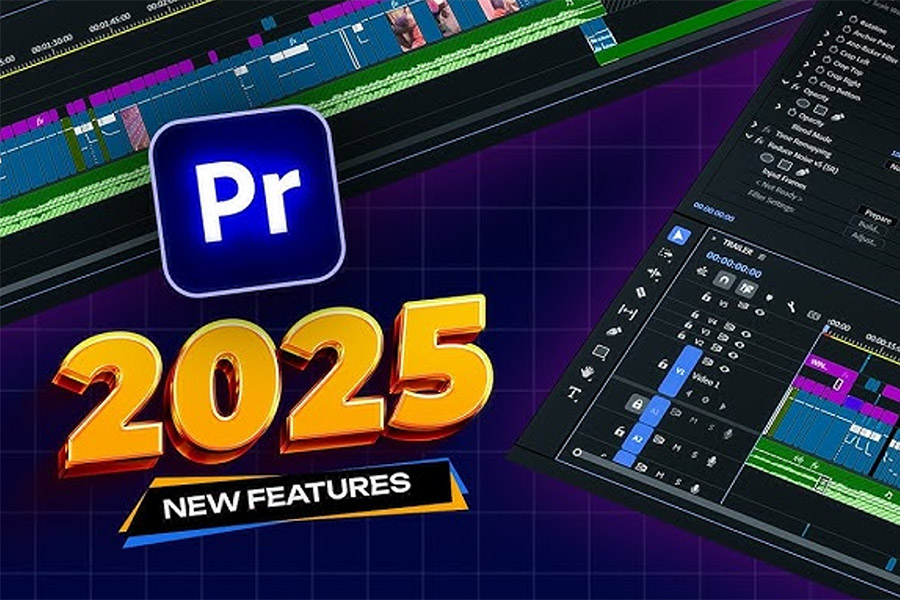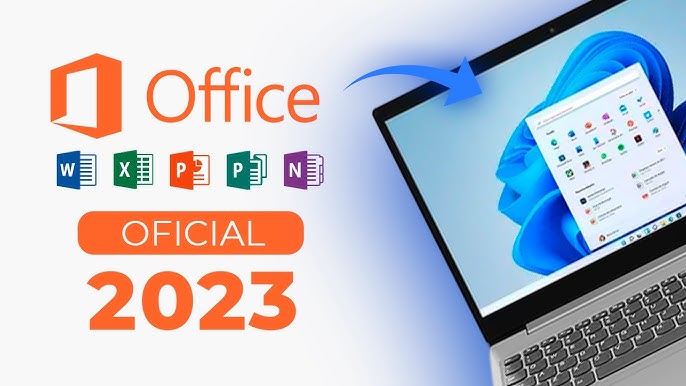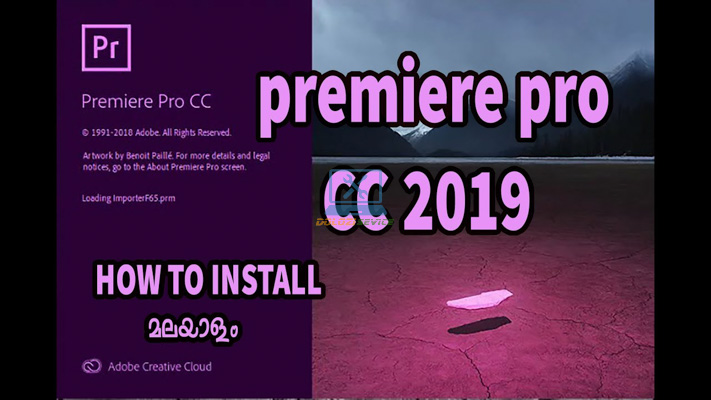Best Selling Products
Real-Time Technology “Breathes Soul” Into Performing Arts
Nội dung
- 1. Virtual Production: Revolution in Cinema
- 2. AI: A "powerful assistant" in creativity
- 2.1. AI scenario analysis
- 2.2. AI Post-Production: Optimize Your Editing Process with Adobe Sensei
- 3. Stage: Embracing new technology
- 3.1. Royal Shakespeare Company and the AR push in “The Tempest”
- 3.2. “Dream”
- 3.3. Online stage
- 4. Bright future for entertainment industry
From pioneering virtual production to AI-powered script analysis and immersive AR/VR experiences, these advances are reshaping the way we tell stories and experience them, ushering in a new era for entertainment.

Real-time technology is revolutionizing the entertainment industry, transforming both film and theater in ways that were previously unimaginable. From pioneering virtual production to AI-powered script analysis and immersive AR/VR experiences, these advances are reshaping the way we tell and experience stories, ushering in a new era for entertainment. It’s not just about technical innovation, but about creative journeys that are “liberated” from traditional boundaries, bringing unprecedented experiences to both creators and audiences.
1. Virtual Production: Revolution in Cinema
Leading the charge in the film industry is virtual production, a modern approach that allows filmmakers to create digital environments in real time while they shoot. This innovation not only saves money, but also creates imaginative spaces so rich and flexible that they previously existed only in the imagination.
To better understand the power of virtual production, let's look at the most iconic example: Disney+'s hit series “The Mandalorian.”
“The Mandalorian” made history by using Stagecraft, an advanced virtual production platform developed by Industrial Light & Magic (ILM). No longer requiring long trips to deserts, jungles or large outdoor studios, scenes could now be shot on set with a giant LED screen system displaying high-quality digital environments, synchronized with real-time camera movement.
.png)
Any changes in lighting, camera angle, or scenery are adjusted instantly, something that is impossible with traditional techniques. This real-time interactivity saves a lot of time and post-production costs, while also increasing creativity during filming.
Jon Favreau, the series’ creator, has said that his experiences with “The Jungle Book” and “The Lion King” have convinced him that “breakthroughs in game engine technology are the key to the future of filmmaking.” With tools like Unreal Engine, directors and crews can build scenes, edit sets, and “rehearse” in a virtual environment, instead of having to wait until post-production to “see the results.”
The combination of physical elements (like real props, actors, real lighting) with digital elements (sets, effects, virtual environment depth) has opened up a whole new way of cinematic storytelling.
2. AI: A "powerful assistant" in creativity
While virtual production technology is changing the way films are made, artificial intelligence (AI) is revolutionizing the content creation process from script analysis to post-production. AI not only helps shorten production time but also contributes to significantly improving the quality of the work, by processing huge amounts of information that humans can hardly handle in a short time.
2.1. AI scenario analysis
A prime example of AI being used in pre-production is ScriptBook, an AI tool designed to evaluate the quality of a film script before it starts shooting. Instead of relying on a producer’s gut or director’s experience, ScriptBook uses algorithms to analyze over 400 different elements of the script, from the protagonist’s journey, the development of the antagonist, to the emotional overtones and classic three-act structure.
.png)
In just minutes, ScriptBook can:
Predicting commercial success
Analyze appeal to different audience groups
Assess the financial risk if investing in production
Make suggestions for improvements to structure or character
What's special is that this tool doesn't depend on the reputation of the actor or director, but only focuses on the quality of the story. According to Nadira Azermai, founder of ScriptBook:
“If the computer says no from the start, no matter how many star factors are added, the AI will still stick to its judgment.”
This objectivity has helped many producers avoid making wrong investments in weak scripts, and identify potential works early, even if they don't have big names attached.
2.2. AI Post-Production: Optimize Your Editing Process with Adobe Sensei
When it comes to post-production, where footage is edited, visual effects are applied, and storyboards are finalized – Adobe Sensei, Adobe’s AI platform, has helped simplify a host of technical tasks that used to take up a lot of editors’ time.
.png)
Some of the notable capabilities of Adobe Sensei include:
Automatically cut and edit based on content and emotion: AI can identify key points in dialogue, expressions, or actions to automatically cut and merge scenes smoothly.
Consistent color and lighting: Even when scenes are shot in a variety of conditions, AI can still synchronize colors to keep the film with a consistent visual style.
Emotion analysis to optimize story flow: AI suggests rearranging scene order or emotional highlights to push the climax to the right time.
Detect and fix minor technical errors: Such as shaky frames, glare, background noise… AI can automatically handle them quickly without manual intervention.
Interestingly, AI is able to learn each user's editing style and make suggestions that are tailored to their individual creative habits. Editors will have more time to focus on storytelling and developing ideas, instead of dealing with repetitive technical tasks.
With the help of AI, film production is not only faster and more cost-effective, but also reduces creative risk. Technologies like ScriptBook and Adobe Sensei are changing the way cinema is told, where creative ideas are no longer limited by time, experience, or technical resources.
3. Stage: Embracing new technology
If the stage used to be a purely physical space – where artists and audiences “met” through lights and live sound – today, the stage is entering a period of bold transformation. Real-time technology is not only creeping in, but also becoming an important part of the way artists build performance experiences. AR (augmented reality), VR (virtual reality), motion capture technology… all are reshaping the very way audiences perceive a stage performance.
.png)
3.1. Royal Shakespeare Company and the AR push in “The Tempest”
One of the key milestones of this transformation was the play “The Tempest” staged by the Royal Shakespeare Company (RSC) in 2016. Unlike traditional staging methods, the RSC collaborated with Intel and Imaginarium Studios to bring AR technology to the classical theater stage.
They created:
Animated virtual storms, with lightning, gusts of wind, and dynamic space effects rendered in 3D motion graphics.
Digital elements react in real time to actors' movements, dialogue, and emotions.
The stage environment becomes a multi-dimensional interactive space, not just a "static" setting.
Technology here is not simply a technical support but acts as a third “actor”, participating in conveying emotions, stories and atmosphere. Bringing AR technology to the stage does not destroy the poetry of Shakespeare’s plays but rather expands it, allowing the audience to feel more deeply the metaphors and plots that are already complex in classical plays.
3.2. “Dream”
Following the success of “The Tempest”, in 2021, the RSC continues to push the boundaries with the project “Dream” – a hybrid play between traditional theatre and interactive game, inspired by “A Midsummer Night's Dream”.
What makes “Dream” special is not only the combination of technology, but also the way it blurs the line between audience and artist, between real space and virtual space:
Actors wear motion capture sensors to record every body movement, eye contact, facial expression...
This data is transmitted into the graphics engine system, creating 3D virtual characters that move vividly and realistically according to each action of the actor.
Audiences can participate remotely, logging into the live performance and interacting in real time, changing or influencing the unfolding theatrical world.
No longer just “watching a show,” the audience is now part of the performance experience. Each person has a role to play, creating a highly personalized stage space.
“Dream” is more than just a technological experiment. It is a leap forward in how we understand performing arts, where physical limitations are no longer a barrier, and where each performance can become a unique virtual world.
.png)
3.3. Online stage
Along with interactive virtual stages, the streaming trend is also bringing the stage to a wider audience than ever before.
The UK's National Theatre is one of the pioneers, building a global streaming platform, bringing classic plays to the living rooms of audiences everywhere.
Benefits beyond technology:
Expanding global audience reach: Without having to travel to a London theatre, audiences from Asia, America, or Africa can all enjoy the same show.
Create a new sustainable revenue stream: Streaming helps theaters have an independent revenue stream, not completely dependent on physical ticket sales.
Staying Alive During a Pandemic or Travel Crisis: When mass gatherings are restricted, online theater becomes a “lifeline” for the performing arts.
This format does not completely replace traditional theater, but it connects art with modern audiences – people who are busy, prefer convenience, or do not have direct access to large theaters.
4. Bright future for entertainment industry
From cinema to theatre, real-time technology is blurring traditional boundaries and paving the way for an era of limitless creativity.
We are witnessing:
Blockbuster movies are shot without leaving the studio
The script is evaluated before casting.
Immersive theatre where the audience is part of the story
Performing arts “without borders” thanks to live streaming and virtual reality
As viewers increasingly demand personalized, fast, and emotional experiences, real-time technology is key for the entertainment industry to connect with the new generation in a deeper and more sustainable way.












































